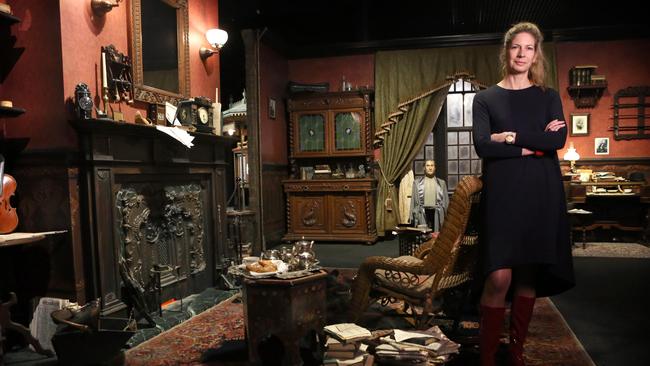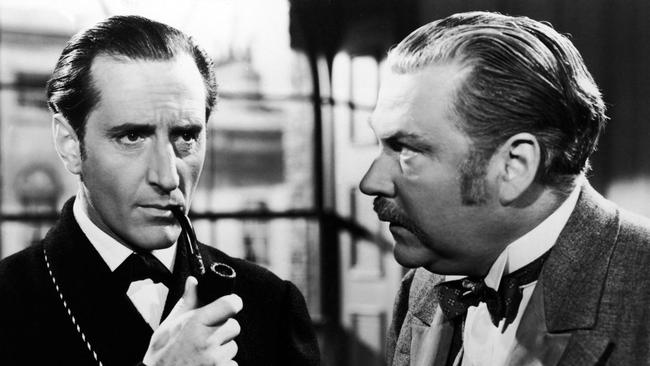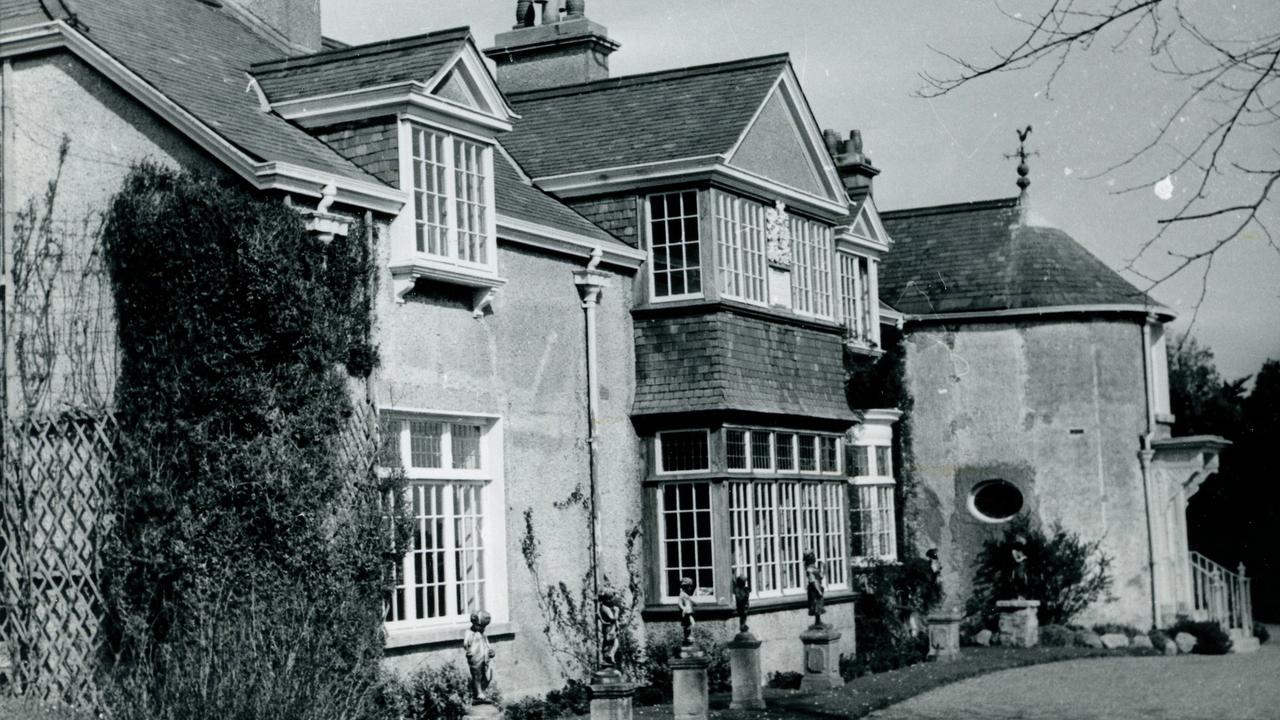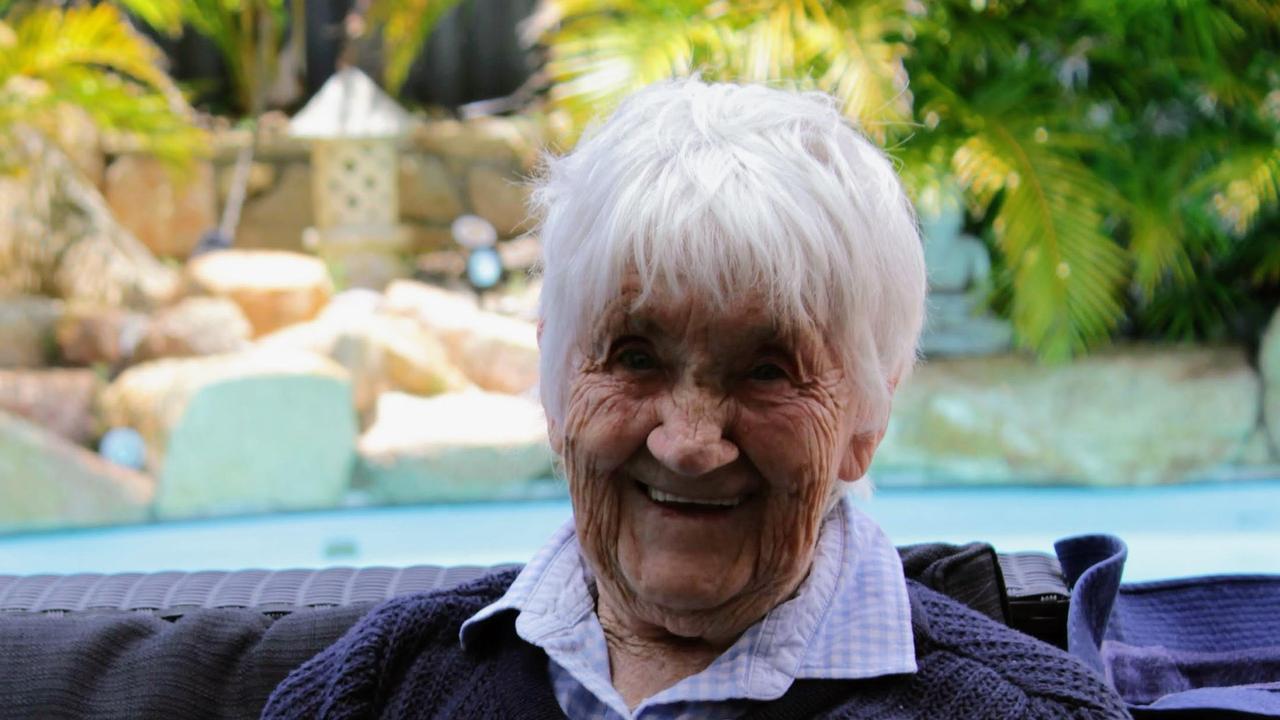Sherlock Holmes: Sydney Powerhouse exhibition has all the clues
An exhibition at the Sydney Powerhouse Museum delves deep into the mystique of Conan Doyle’s iconic sleuth.

Of all the fictional detectives that have filled the pages of magazines and novels, and appeared on radio, television, film and stage, one stands apart from all others: Arthur Conan Doyle’s inspired creation Sherlock Holmes.
The redoubtable and indefatigable Holmes, unmistakable in a tweed overcoat, deerstalker cap and smoking a curved pipe, with magnifying glass in hand, has been called the man who never lived but will never die.
Since the eccentric Holmes first appeared with his indispensable companion Dr John Watson in a magazine story published in 1887, he has captivated readers by solving crimes with his acute observations and application of science. Conan Doyle’s stories transport readers to the gritty criminal underworld of foggy Victorian London in the late 19th century, a city bursting at the seams, with its gaslights, cobblestoned streets and horse-and-buggy transport.
William Gillette played Holmes on stage more than 1300 times a century ago. Some of the finest actors have portrayed him on the screen in more than 200 movies, from Eille Norwood, John Barrymore, Clive Brook and Raymond Massey to Jeremy Brett, Peter Cushing, Christopher Plummer, Roger Moore, Christopher Lee and Ian Richardson.
Although Sidney Paget’s drawings for The Strand Magazine and Frederic Dorr Steele’s illustrations for Collier’s weekly imprinted how Holmes looks and acts, the character has been shaped by numerous actors and reimagined for modern audiences.
The BBC television series Sherlock, with Benedict Cumberbatch in the title role and Martin Freeman as Watson, is set in 21st-century London. The American small-screen series Elementary, starring Jonny Lee Miller as Holmes and Lucy Liu as his female associate, Dr Joan Watson, is set in present-day New York.
For a fast-paced steam-punk rendering of the inimitable detective, there are the Guy Ritchie-directed movies Sherlock Holmes (2009) and Sherlock Holmes: Game of Shadows (2011) with Robert Downey Jr as Holmes and Jude Law as Watson. A third film is in development.
In 2015, Ian McKellen portrayed a retired Holmes struggling with old age and dementia, living in a small English village and determined to solve one last mystery.
The adaptations keep coming. An Etan Cohen-directed comedy, Holmes and Watson, with Will Ferrell as the famous consulting detective, is due out next year.
As a boy, I was introduced to one of the many film adaptations of Holmes and Watson at my grandparents’ house. I can still vividly remember the brilliant Basil Rathbone playing Holmes in the black-and-white movie The Hound of the Baskervilles (1939).
It prompted me to delve into the original stories. I picked up a paperback edition of A Study in Scarlet, originally published in Beeton’s Christmas Annual in 1887, and never out of print since.
“There’s the scarlet thread of murder running through the colourless skein of life,” Holmes tells Watson, “and our duty is to unravel it, and isolate it, and expose every inch of it.”
The truth behind the fictional stories, and their creator, is explored in a new US-developed exhibition at Sydney’s Powerhouse Museum. It offers a charming introduction to one of the most compelling characters ever created.
Conan Doyle enrolled in medicine at the University of Edinburgh in 1876. The character of Holmes was based principally on his lecturer Dr Joseph Bell, who could cleverly diagnose patients in an instant and aided police with his knowledge of forensic science.
“It is most certainly to you that I owe Sherlock Holmes,” Conan Doyle wrote to Bell in 1892. The exhibition tells the story of Conan Doyle’s career and his development of the Holmes character, whom he first wrote about at age 26. There are letters, manuscripts, first edition books and magazines presented alongside pictures, videos and text panels.

Recreating Conan Doyle’s study helps to explain how he used emerging science and the public fascination with mysteries — Jack the Ripper’s Whitechapel murders occurred in 1888 — to create a gripping series of 56 short stories for magazines, plus four novels.
Conan Doyle seemed to tire of Holmes and killed him off after a struggle with Moriarty in an 1893 story, only to revive him in 1901.
When Holmes first appeared in 1887, it was the dawn of a new age of science. Detectives previously had relied on research, testimony and observation. Now they had the aid of the telegraph and photography, and used cosmetics and lenses to help solve crimes. The exhibition employs a London Underground setting to explain this aspect of Conan Doyle’s writings.
In the first Holmes story, Watson has returned from war service abroad and is looking for a place to lodge. A friend mentions that Holmes is looking for someone to flat with. They meet and agree to move in together and divide the rent. Soon Watson is helping Holmes explain mysteries. It is one of the great literary partnerships.
The interior of the iconic Holmes-Watson address, 221B Baker Street, is re-created at the Powerhouse Museum. You can peer into the messy sitting room and picture Holmes and Watson pondering the most puzzling of cases. They are surrounded by piles of scrapbooks, odd experiments and case files. Eagle eyes will spot Holmes’s violin, gramophone and teapot. You can imagine Holmes and Watson sprinting to a hansom cab. “Come, Watson, come. The game’s afoot.”
Along with the tweed clothes, the cap, the pipe and the magnifying glass, the 221B Baker Street flat personified Holmes. It has become part of popular culture that has spawned toys, games and collectables, many of which are part of the exhibition. Holmes’s distinctive profile has graced T-shirts and teapots alike.
Part of Holmes’s appeal is that he is only an amateur detective, which encourages readers to think they too can unscramble the most puzzling mystery. But, as the novels make clear, Holmes is not infallible. Watson is often instrumental in solving crimes.
Rookie sleuths will revel in the opportunity to try to unravel a mystery that is a part of the exhibition. It is a clever way of emulating Holmes’s method of observation, research, experimentation and deductive reasoning. “Holmes,” Watson tells us in A Study in Scarlet, “appears to have a passion for definite and exact knowledge.”
A riddle must be solved and there are notebooks to record observations as you step you through a series of experiments in trying to crack the case. You can drag shoes through sand, decipher codes, examine blood spatter, look through a microscope and inspect a bullet’s trajectory.
True to Holmes’s technique, the emphasis must be on facts before theories. The reader must not be duped by false evidence, mistaken assumptions or masked villainy. The clues are always there. Although Holmes never said it was “elementary, my dear Watson”, it is after all.
It is easy to understand how Holmes continues to unlock the imagination of people of all ages and inspire other fictional detectives, even though they pale in comparison with the super sleuth.
The International Exhibition of Sherlock Holmes is at the Powerhouse Museum, Sydney, until October 8.



